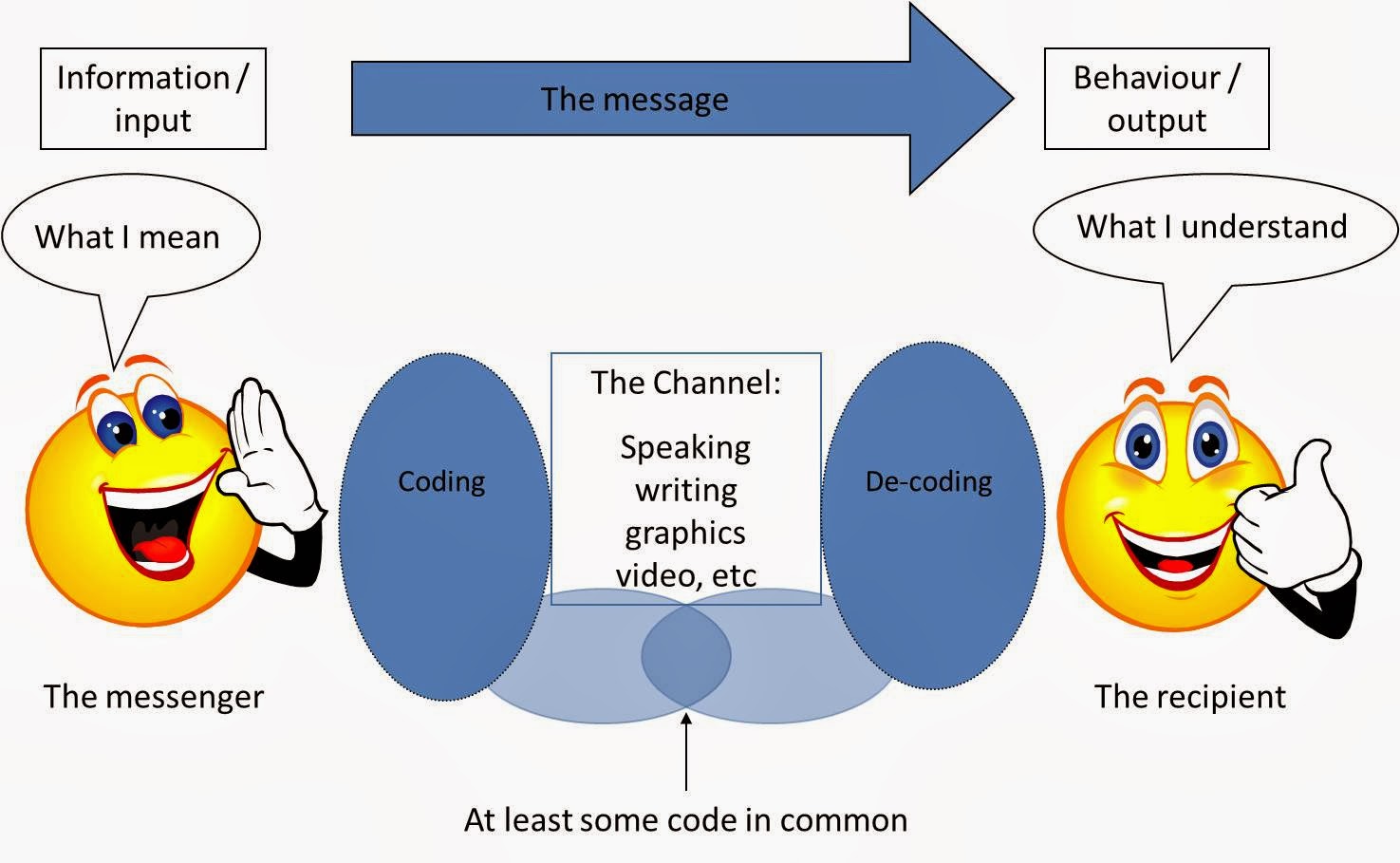Functions of Nonverbal Communication for Teachers
1. Creating and Maintaining Relationships
Nonverbal communication helps in establishing a connection between the teacher and students.
- Building rapport: A teacher's smile, nod, or eye contact fosters trust.
- Demonstrating approachability: Open body language invites student interaction.
- Displaying empathy: Facial expressions convey understanding and concern.
- Establishing authority: Posture and gestures help maintain classroom discipline.
2. Regulating Interactions
Nonverbal cues help manage the flow of communication and classroom discussions.
- Turn-taking: Hand gestures or eye contact indicate when it’s someone’s turn to speak.
- Signaling pauses: Raising a hand or pausing signals when to stop or slow down.
- Encouraging responses: Nods or gestures invite students to engage in discussions.
3. Influencing Others
Nonverbal behaviours can be used to persuade, motivate, and influence students.
- Persuasion: Gestures and tone emphasise key points.
- Encouragement: A smile or thumbs-up motivates students.
- Disapproval: A stern look or folded arms can discourage inappropriate behaviour.
4. Influencing Ourselves
A teacher’s nonverbal actions affect their own mindset and control over the class.
- Self-confidence: Good posture projects confidence and helps the teacher feel in control.
- Emotion regulation: Controlling expressions to maintain calmness in stressful situations.
- Self-motivation: Positive gestures and vocal tones reinforce a teacher's own engagement.
5. Concealing/Deceiving
Nonverbal cues may sometimes mask true feelings or intentions.
- Masking emotions: Neutral expressions hide internal emotions, such as frustration.
- Feigning interest: Nodding or maintaining eye contact can create the illusion of engagement.
- Subtle avoidance: Avoiding direct eye contact may signal discomfort or unease.
6. Repeating
Nonverbal communication often reinforces what has been spoken, aiding understanding.
- Reinforcing instructions: Pointing at the board while giving instructions.
- Echoing emotions: Smiling while complimenting a student's work.
- Clarifying points: Gestures help explain or emphasise what’s been said.
7. Conflicting/Contradictory/Incongruence
Nonverbal cues can sometimes contradict spoken words, creating confusion.
- Mixed signals: Smiling while delivering critical feedback sends a conflicting message.
- Contradictory body language: Saying “good job” while crossing arms creates doubt.
- Inconsistent tone: Using a harsh tone with positive words can confuse students.
8. Complementing
Nonverbal communication complements spoken words to enhance meaning.
- Clarifying meaning: Hand movements aid in understanding difficult concepts.
- Enhancing storytelling: Gestures bring stories or explanations to life.
- Visual aids: Pointing to visual materials like diagrams reinforces verbal explanations.
9. Substituting
Nonverbal cues can replace spoken words when communication needs to be quick or silent.
- Nonverbal instructions: Raising a hand to quiet the class instead of using words.
- Gestural communication: Nods or shakes of the head serve as yes or no responses.
- Expressing emotions nonverbally: Using facial expressions to convey emotions without speaking.
10. Providing Information
Nonverbal behaviour offers additional information that complements or clarifies verbal communication.
- Unspoken feedback: A teacher's facial expression can indicate approval or disapproval.
- Body language clues: Posture or gestures indicate engagement or distraction among students.
- Tone of voice: Variations in tone can convey urgency or importance without changing the spoken message.
11. Expressing Emotions
Nonverbal communication is essential for expressing emotions that might not be clearly conveyed through words.
- Joy: Smiling, clapping, or using enthusiastic gestures.
- Disappointment: Frowning or using a more serious tone.
- Frustration: Tight facial expressions or quick, sharp gestures.
12. Allowing Metacommunication
Nonverbal signals guide communication about communication itself.
- Signaling focus: Gestures direct attention towards a particular point.
- Nonverbal corrections: Raising an eyebrow can indicate the need for students to rethink an answer.
- Framing communication: Teachers use gestures or expressions to guide students in understanding the tone or context of a conversation.
13. Controlling Social Situations
Teachers manage the classroom environment through nonverbal cues.
- Maintaining discipline: A firm look or standing posture helps maintain order.
- Encouraging cooperation: Smiles or open gestures foster teamwork.
- Redirecting focus: Teachers may use gestures or change physical proximity to regain attention.
14. Forming and Managing Impressions
Nonverbal behaviour shapes the teacher's and students’ impressions of each other.
- Projecting authority: Confident posture and controlled movements create a strong presence.
- Conveying warmth: Relaxed gestures and friendly expressions signal approachability.
- Managing perceptions: Tone and gestures adjust to create the desired impression, whether it’s friendliness, authority, or encouragement.
In teaching, nonverbal communication complements spoken language, shapes classroom dynamics, and enhances student engagement and learning outcomes.



Comments
Post a Comment